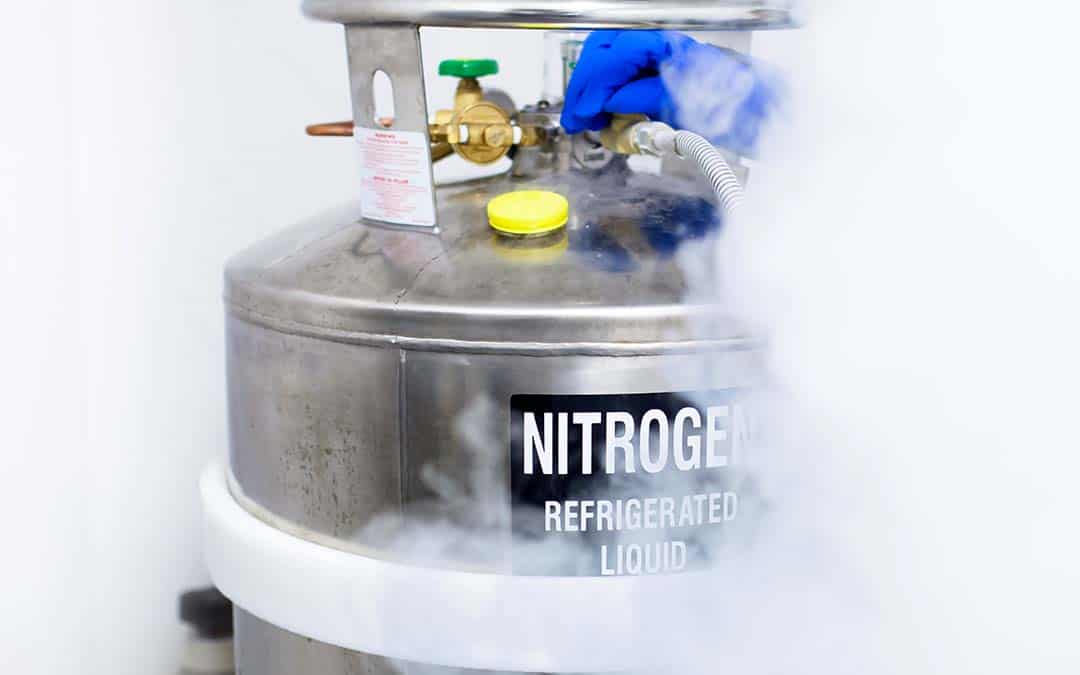December was a big month for the technological giant IBM, as it unveiled the first CMOS transistor optimized for liquid-nitrogen cooling at the 2023 IEEE International Electron Device Meeting (IEDM) in San Francisco. If you’re wondering, transistors are semiconductor devices used to amplify or switch electrical signals, and serve as a fundamental building block to most modern technology. So, what exactly did IBM pull off?
To summarize, the researchers found that using liquid nitrogen at its boiling point of 77 Kelvin doubled the speed of the devices that utilized these new transistors, when compared with operating at room temperature conditions.
In an article posted on IEEE Spectrum, Ruqiang Bao, a senior researcher at IBM, explains that “the low-temperature systems offer two key advantages: less charge carrier scattering and lower power. Reducing scattering reduces resistance in the wires and lets electrons move through the device more quickly. Combined with lower power, devices can drive a higher current at a given voltage.” This means more speed, and better, more efficient operation.
An Overview of NanoSheet Technology
This accomplishment was achieved by leveraging nanosheet transistors, a revolutionary advancement in transistor technology. Unlike traditional transistors, nanosheet transistors use a new design involving stacked layers of ultra-thin materials. The innovation not only allows for more efficient electron flow, but also addresses challenges associated with power consumption and heat dissipation. The IBM researchers knew that the potential of powerful devices would be greater if they could even further reduce the amount of heat they generate.
The Heat Dilemma
So why is heat so detrimental to the performance of electronic devices? Excessive heat can actually present a whole host of issues. Not only does it degrade performance, but it also reduces the lifespan of components, and can even lead to total system failures. This is precisely what prompted researchers to explore unconventional cooling methods such as liquid nitrogen.
Calling on Liquid Nitrogen

You may be wondering what made liquid nitrogen the primary candidate for cooling the nanosheet transmitters. Liquid nitrogen’s effectiveness as a coolant lies in its ability to absorb a substantial amount of heat as it evaporates. This process, known as evaporative cooling, is harnessed to maintain the nanosheet transistors at temperatures conducive to optimal performance.
At December’s conference, the researchers demonstrated how their cooling technique unlocks the full potential of powerful machines, undoubtedly creating a buzz about the future of this innovation. In fact, these new transistors will even replace the current technology in use at IBM.
Looking Ahead
The use of liquid nitrogen as a coolant represents a paradigm shift in the way the tech industry could approach thermal management in high-performance electronics. This innovative cooling method allows researchers to push the limits of nanosheet transistor performance, enabling faster processing speeds and more efficient energy utilization.
Electronic devices powered by nanosheet transistors could offer unprecedented computing capabilities, opening doors to applications that we once didn’t believe possible. As a company that’s reliably provided liquid nitrogen to businesses for over 80 years, CalOx is excited to keep an eye on the possibilities this new discovery presents.
